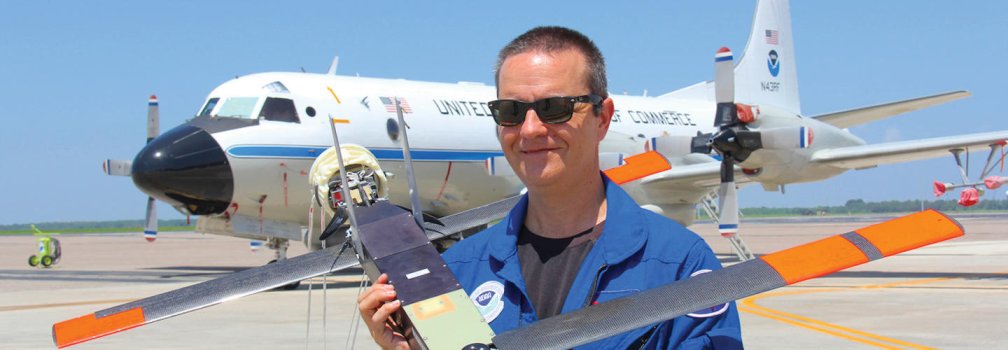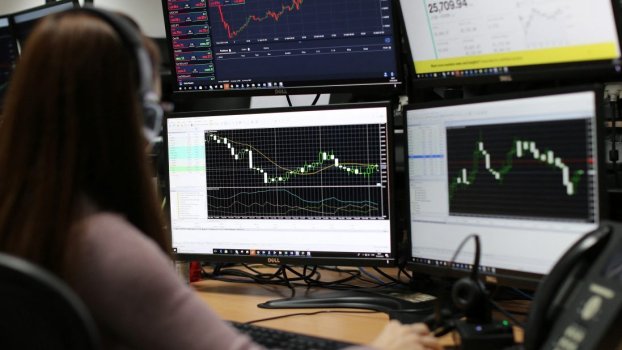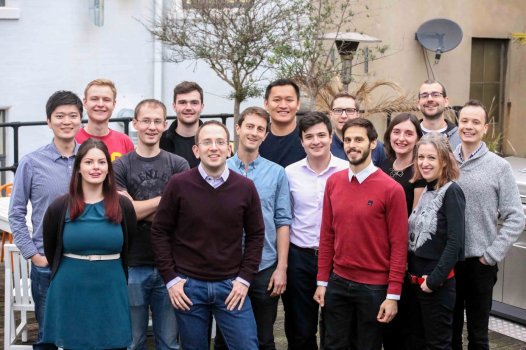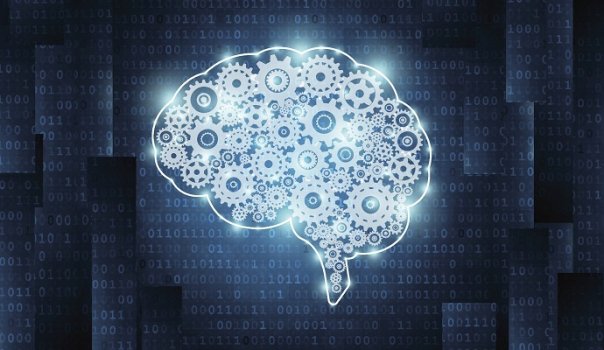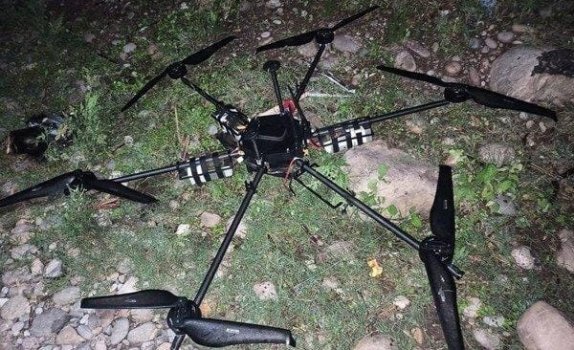NOAA Data Storage Needs May Grow as Drones Become Smarter
- Technology Solutions
- 0 Replies
Small drones expand research horizons for scientists at the National Oceanic and Atmospheric Association, gathering massive amounts of data that, so far, is easily captured and stored.
However, as the drones get smarter and more sophisticated, employing artificial intelligence to direct data collection and advanced imaging to get clearer pictures, the storage and security picture will change for scientists out in the field.
“The amount of data and data services is just the absolute key to all these uncrewed systems, whether they are marine systems or aviation systems,” says Capt. Phil Hall, director of the NOAA Uncrewed Systems Program in the Office of Marine and Aviation Operations.
“Data archiving, data analysis, cloud storage networking — all those areas are priorities for NOAA,” he adds.
UASs Enhance Data Collection in Remote Locations
NOAA uses drones — also known as uncrewed aerial systems, or UASs — to enhance data collection for research, disaster response and wildlife monitoring.
Its Atlantic Oceanographic and Meteorological Laboratory, for example, uses drones to measure the strength and development of hurricanes; the National Ocean Service uses seaborne autonomous surface vehicles to help map the Arctic seafloor. The National Severe Storms Laboratory measured damage to rural areas in Iowa after a 2020 derecho via drones.
They drop tube-launched, fixed-wing drones into hurricanes; send vertical-launch hexacopters to count sea mammals; and borrow NASA’s uncrewed Global Hawk aircraft for missions that last more than a few hours.
“One of the nice things about the drone data is that it’s actually really small text,” says Joseph Cione, lead meteorologist at NOAA’s Atlantic Oceanographic and Meteorological Laboratory Hurricane Research Division. “We measure basic things — air pressure, temperature, winds, humidity. Those are small, small data.”
Scientists who monitor seal and sea lion populations in Alaska generally don’t worry about data transmission; in some situations, they move the drone-collected data by hand.
“For our UASs, we actually have onboard memories,” says Katie Sweeney, a biologist at NOAA’s Alaska Fisheries Science Center Marine Mammal Laboratory. “So we take out the SD cards to collect the images and to collect the flight logs.”
Continue reading: https://fedtechmagazine.com/article/2021/09/noaa-data-storage-needs-may-grow-drones-become-smarter
However, as the drones get smarter and more sophisticated, employing artificial intelligence to direct data collection and advanced imaging to get clearer pictures, the storage and security picture will change for scientists out in the field.
“The amount of data and data services is just the absolute key to all these uncrewed systems, whether they are marine systems or aviation systems,” says Capt. Phil Hall, director of the NOAA Uncrewed Systems Program in the Office of Marine and Aviation Operations.
“Data archiving, data analysis, cloud storage networking — all those areas are priorities for NOAA,” he adds.
UASs Enhance Data Collection in Remote Locations
NOAA uses drones — also known as uncrewed aerial systems, or UASs — to enhance data collection for research, disaster response and wildlife monitoring.
Its Atlantic Oceanographic and Meteorological Laboratory, for example, uses drones to measure the strength and development of hurricanes; the National Ocean Service uses seaborne autonomous surface vehicles to help map the Arctic seafloor. The National Severe Storms Laboratory measured damage to rural areas in Iowa after a 2020 derecho via drones.
They drop tube-launched, fixed-wing drones into hurricanes; send vertical-launch hexacopters to count sea mammals; and borrow NASA’s uncrewed Global Hawk aircraft for missions that last more than a few hours.
“One of the nice things about the drone data is that it’s actually really small text,” says Joseph Cione, lead meteorologist at NOAA’s Atlantic Oceanographic and Meteorological Laboratory Hurricane Research Division. “We measure basic things — air pressure, temperature, winds, humidity. Those are small, small data.”
Scientists who monitor seal and sea lion populations in Alaska generally don’t worry about data transmission; in some situations, they move the drone-collected data by hand.
“For our UASs, we actually have onboard memories,” says Katie Sweeney, a biologist at NOAA’s Alaska Fisheries Science Center Marine Mammal Laboratory. “So we take out the SD cards to collect the images and to collect the flight logs.”
Continue reading: https://fedtechmagazine.com/article/2021/09/noaa-data-storage-needs-may-grow-drones-become-smarter

